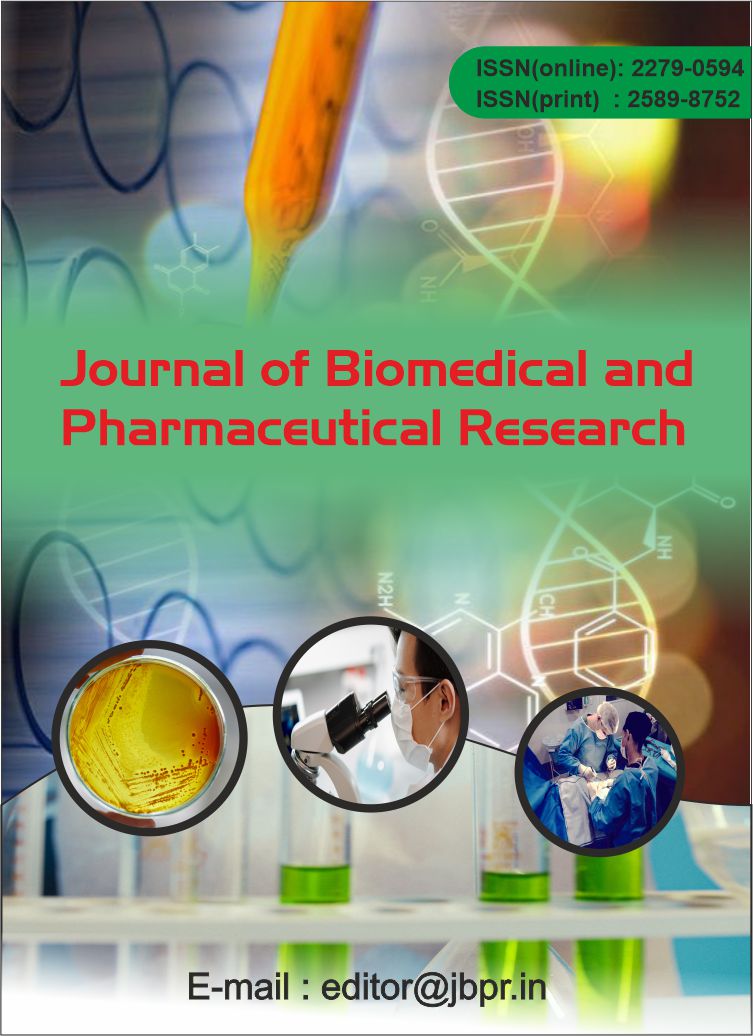ASSESSMENT OF QTC INTERVAL: A CARDIOVASCULAR RISK FACTOR IN ASYMPTOMATIC TYPE- II DIABETICS
Abstract
Background and Objectives: Diabetes Mellitus (DM), metabolic disorder, characterized by hyperglycaemia. There are two main types of diabetes mellitus. Insulin dependent diabetes mellitus (type I DM), Non insulin dependent diabetes mellitus (type II DM). The WHO reports show that 32 million Indian had diabetes mellitus in the year 2000 and the international diabetic federation estimates the number is further set to raise to 69.9 million by 2025 and 80 million by 2030. It is associated with marked increased risk of cardiovascular diseases (CVD), Electrocardiographic (ECG) abnormalities are found to be predictors of silent ischemia in asymptomatic persons. QTC interval measures the duration of electrical activation and recovery of the ventricular myocardium and varies inversely with the cardiac rate. Methods: The study was conducted in department of Physiology, J.J.M Medical College, Davangere, from May 2011 to May 2012. Detailed physical and systemic examination of selected subjects was done. The instrument used to record electrocardiogram is the twelve channels Electrocardiograph. Results: A total of 100 subjects with fifty diagnosed type II DM cases & 50 age and sex matched controls participated in this study. The mean QT interval values (in sec) were 0.40 ± 0.04 and 0.38 ± 0.06 among type II DM cases. There was statistically highly significant increased in QT internal among type II diabetics, mean QTC interval (in sec) was 0.43 ± 0.04 and 0.40 ± 0.06 among Type II DM cases and controls respectively. QTC showed statistically significant increase in type II Diabetics when compared to controls (P<0.05). Interpretation and Conclusion: ECG alterations help to evaluate and detect the sings of myocardial ischemia even in asymptomatic patients, most frequent ECG abnormality in type II diabetic are prolonged QT & QTc intervals. This was a sensitive sign of neuropathy; diagnose CAN, left ventricular hypertrophy due to blood pressure and sudden death. Early detection of QTC will be a good indicator in decreasing the incidence of sudden death due to cardiovascular diseases in diabetics.
Key words: type- II diabetics, T2 DM, CAN, QTc, QT, sudden death.
![]() Journal of Biomedical and Pharmaceutical Research by Articles is licensed under a Creative Commons Attribution 4.0 International License.
Journal of Biomedical and Pharmaceutical Research by Articles is licensed under a Creative Commons Attribution 4.0 International License.





